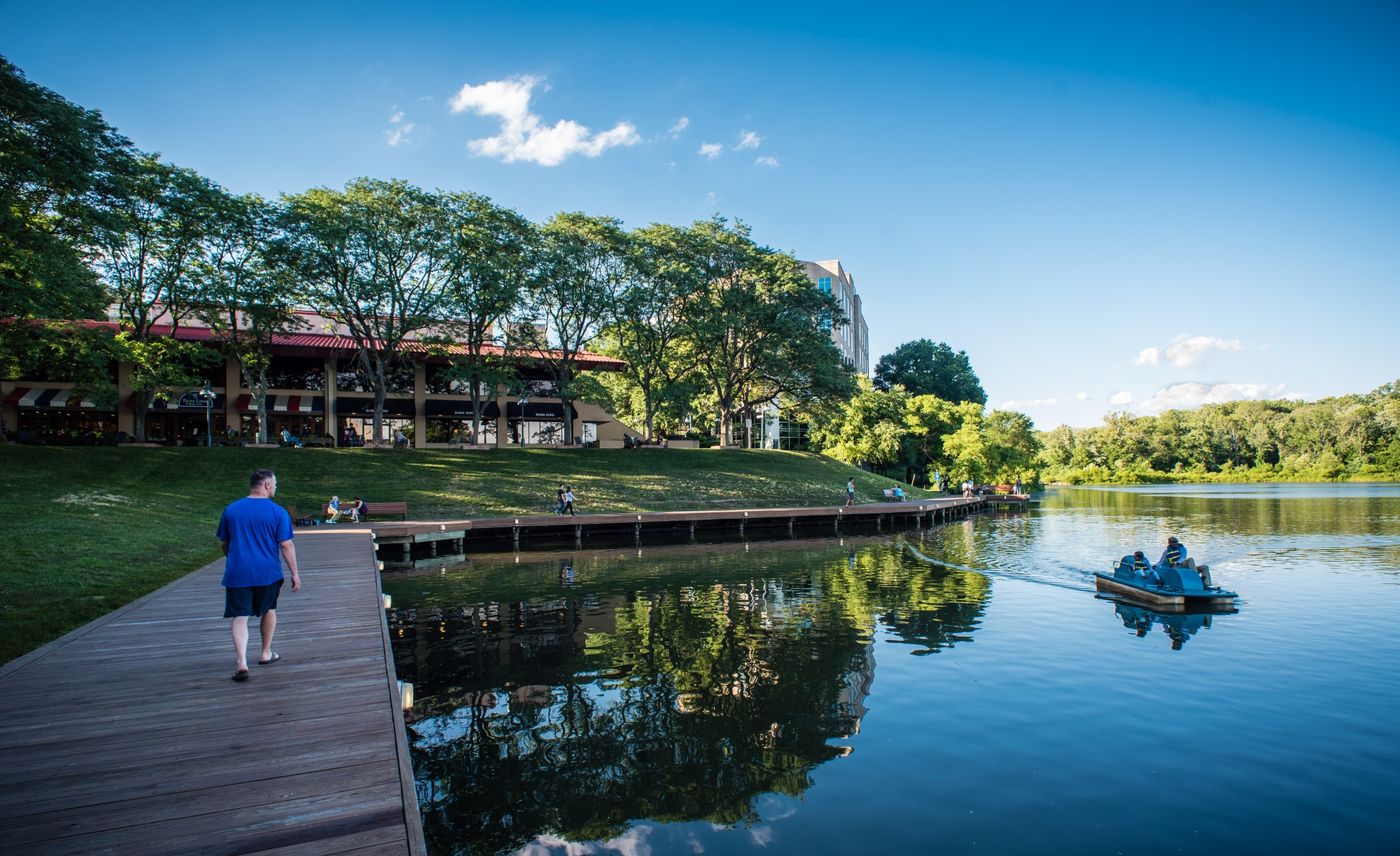07/20/2019
“While many factors influence what stores come and go in a neighborhood, research shows that convenience stores persist where poverty does. Spelman College sociologist Ashanté Reese has also shown that food access aligns with historical patterns of racial segregation. In low-income neighborhoods—and even more so in those that are predominantly black—researchers have found that the number of convenience stores increases with poverty, while supermarket availability decreases.”

Lake Kittamaqundi in the heart of Columbia, Maryland — a planned community embarking on a long-term plan to build more housing and offices.
Photographer: Andre Chung for The Washington Post via Getty Images
